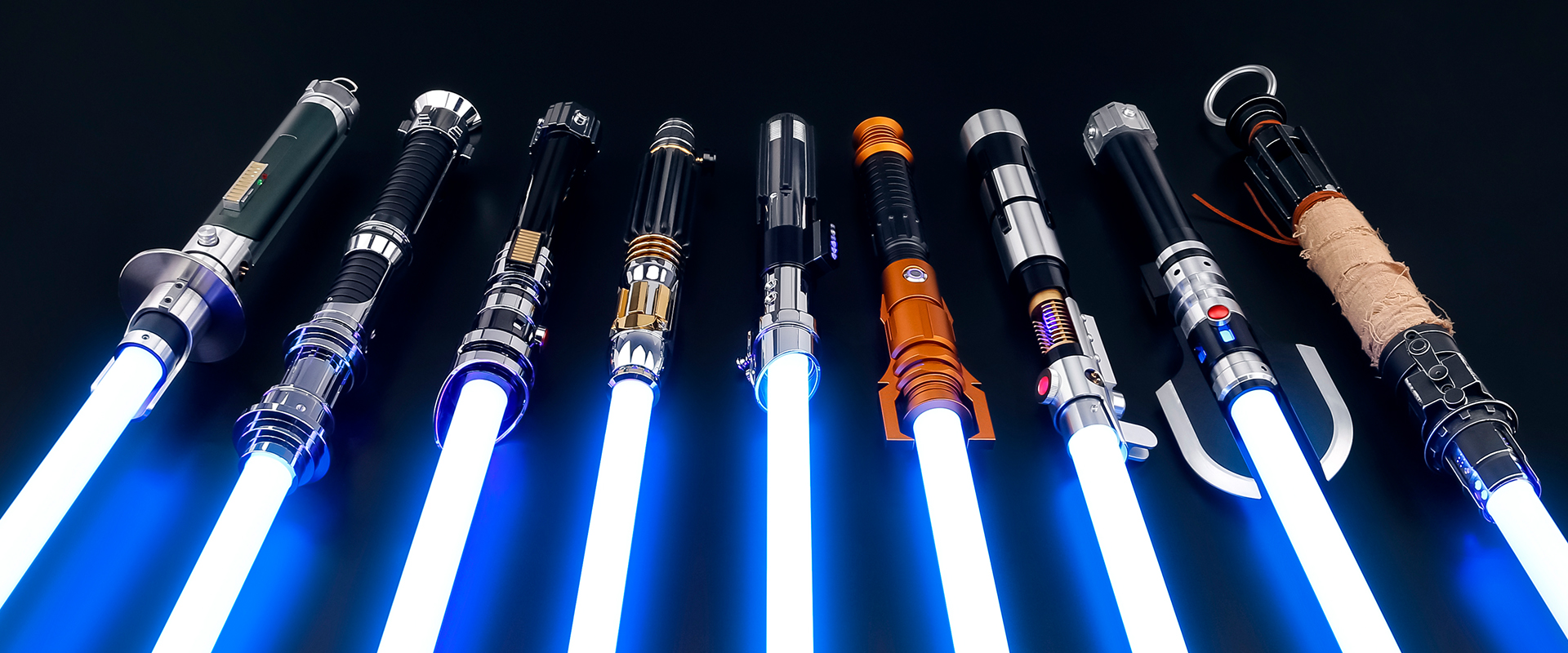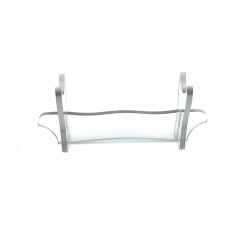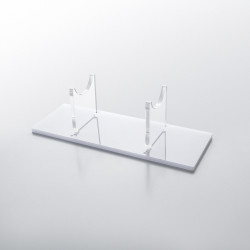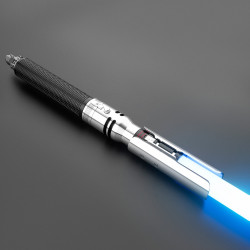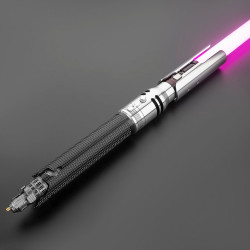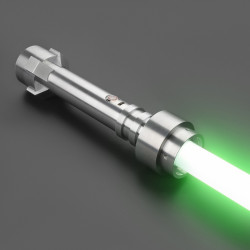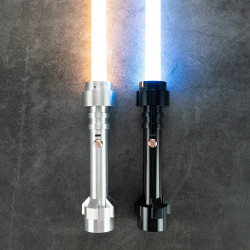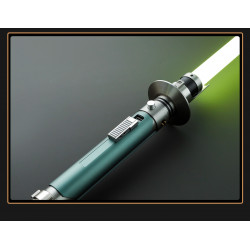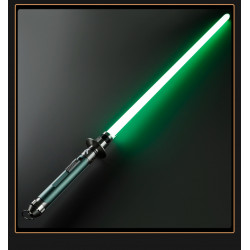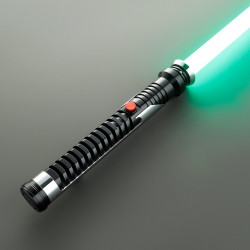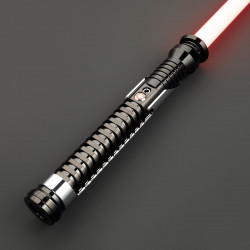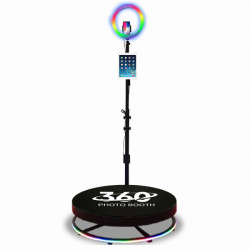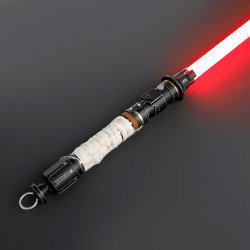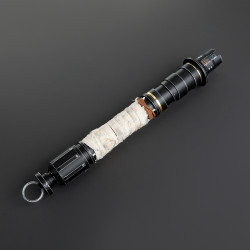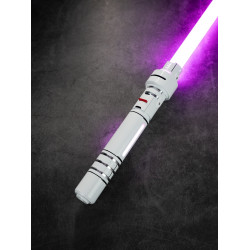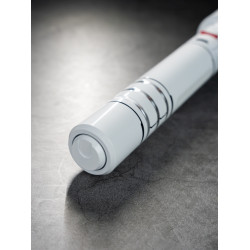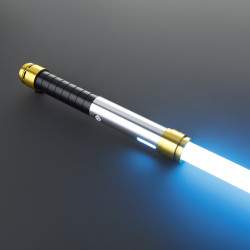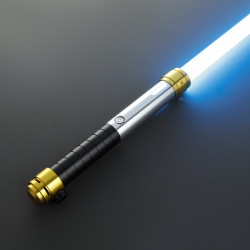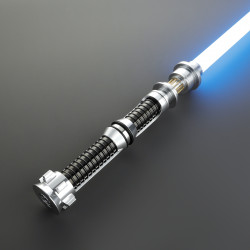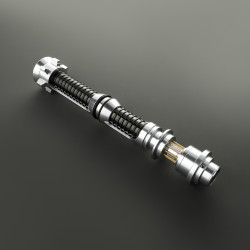
Things Will Surprise You About Proto Saber Vs Lightsaber
In the Star Wars universe, a lightsaber is a sophisticated weapon. The lightsaber is well-known among Star Wars enthusiasts because of its versatility and ability to cut and color. We all believe that nothing compares to a lightsaber's power.
A strong lightsaber is another weapon in the Star Wars universe. The term "proto-saber" may be familiar to you from Star Wars. If not, read it to learn more about Proto-Saber and how it differs from a lightsaber.
Proto-Saber
Although we know about lightsabers, we don't know much about their history, origins, or the first lightsaber used in Star Wars. AA Proto-Saber will provide us with information on this subject.
Before lightsabers, there were ancient weapons called proto-sabers. They are so ancient that they predate the Prehistoric period. Nevertheless, since proto-sabers influenced modern lightsabers, there is sufficient information available regarding them.
One may argue that the first lightsaber in Star Wars was a proto-saber. The design and operation of this weapon were strikingly similar to that of a lightsaber. A proto-saber discharged a blade of plasma, similar to a lightsaber. It resembled a lightsaber in its hilt and could cut almost anything.
The Je'Daii, the ancestors of Jedi and Sith Lords, used proto-sabers. The Je'Daii developed Proto-Sabers in response to the escalating threat. The Rakata were an advanced race that governed the galaxy. As a weapon, they used Force-Sabers. Based on the idea of these Force-Sabers, the Je'Daii developed their gun.
Despite their striking resemblance, proto-sabers are different from lightsabers. Kyber crystals were not fixed inside the Proto-Sabers, and they were powered by additional batteries.
I wanted to know if these proto-sabers could defeat their more sophisticated lightsaber counterparts. Before deciding, let's discuss the Proto-Saber's drawbacks and why a better model was required.
Limitations of a Proto-Saber
Shortly after its creation, a proto-saber started to exhibit flaws. As is well known, these proto-sabers require external batteries to produce a blade. These batteries had a short lifespan and were not sufficiently sophisticated. During the conflict, the likelihood of it running out of energy was constantly high.
Second, the Proto-Saber required an extra connection to connect to that external battery. Throughout the battle, this cord remained a constant obstacle. It limited the Je'Daii's range of motion. This rope might likewise be severed in a conflict, rendering the Je'Daii defenseless.
The Proto-Sabers released the sword, but it lacked sufficient power. The current lightsabers were created because something better was required, and these Sabers were ineffective against the Rakatas.
Proto-Saber Real Life
Well-known YouTuber Hacksmith's goal is to make authentic lightsabers. He also succeeded in creating a real-life Proto-Saber.
Hacksmith developed the Proto-Saber using the same science as Star Wars. He fixed the electronic board he had constructed within the hilt. To obtain the energy, he linked the hilt to a gas cylinder. When he turned the switch on, the electronic board drew gas and burned it, giving it the appearance of a blade.
In a different experiment, he heated a metal road with high voltages to make the rod look like a burning blade.
Lightsaber
An exquisite weapon for a more civilized era is a lightsaber. Its shortcomings are not the same as those of a proto-saber. A lightsaber is more sophisticated and nearer to perfection than a proto-saber.
Diatium power cells are used to power lightsabers. These incredibly strong power cells can operate for over two years without recharging. Additionally, due to their compact size, the hilt of the lightsaber may readily accommodate these cells. Therefore, these cells handled the cord's problems.
Kyber crystals are lightsabers' second crucial component. Rare in the galaxy are these naturally occurring crystals. Since these crystals are living entities that consume Dark matter for sustenance, their energy never runs out.
The Kyber crystal's purpose is to increase power. The energy from diatomium power cells is enhanced by these crystals by a factor of at least 100. As a result, the blade of a lightsaber can get as hot as 25,000 degrees Celsius. This implies that it can swiftly melt anything in its path.
Additionally, these crystals restrict energy usage. The energy will remain in the blade region if the lightsaber is unused. It would return to the power cells made on diatomium. The pattern of the blade will be impacted if the crystal malfunctions. As is well known, Kylo Ren's fractured Kyber crystal resulted in a warped blade design.
Limitations of a Lightsaber
The lightsaber can cut through the majority of objects in the galaxy. But it can't penetrate everything. It was discovered that many objects or materials in the Star Wars galaxy can withstand lightsaber attacks.
The lightsaber's high-temperature blade can reach temperatures between 7000°C and 25000°C. According to science, a lightsaber can be repelled by any substance with a more excellent melting point. Phrik is one such substance. One of the few things that a lightsaber cannot cut is phir. Snoke and Darth Sidious' royal guards are wearing crimson Phrik armor.
Proto-Saber vs. Lightsaber
In a straight-up battle, a lightsaber is invincible against a proto-saber. Without a doubt, a lightsaber's Kyber crystal makes it more powerful. Second, since there is no cable, it works better with Force-Users. A Jedi can use the Force to push or pull his lightsaber to gain an advantage.
Additionally, no lightsaber-resistant substance makes up a Proto-Saber. Therefore, a lightsaber's vulnerability does not give a proto-saber any advantages. Nevertheless, you never know what strategies two Force-users will employ to win a battle.
Force Saber vs. Lightsaber
Rakata, one of the Je'Daii competitors, wielded the Force sabre. Although this race had more sophisticated technology than the Je'Daii, it was not Force-sensitive. Force manipulation was used to create weaponry, such as the Force sabre.
Rakatas possessed the technology to create their weapons via Force alchemy. Look, the Force Sabers disliked lightsabers. They seemed to carry antiquity weapons, such as hammers, scythes, and swords. Nevertheless, these weapons' blades resembled lightsaber blades, allowing me to use my Force.
The odds of a Force sabre defeating a lightsaber are incredibly slim. First, it was employed against a Jedi by weak Non-Force users. Secondly, the Force blades lacked the strength of a lightsaber.
The Force sabers lacked much Force. Nevertheless, these were the galaxy's first weapons. The Force sabre, which later gave rise to contemporary lightsabers, served as the model for a proto-saber.
FAQs
What is a proto-saber?
The proto-saber, which has an external power pack connected by a cable, is a forerunner of the lightsaber.
How does a lightsaber differ from a proto-saber?
A lightsaber is more sophisticated, with an internal power supply and a more portable form.
Why is the lightsaber considered more iconic?
Its iconic place in popular culture has been solidified by its streamlined appearance and usefulness in warfare.
What does the proto-saber tell us about lightsaber development?
It depicts the stages of experimentation and technology development that led to the lightsaber.
Are both weapons used in the same way?
Although both are employed in combat, the lightsaber's design offers more flexibility and agility.
Conclusion
In conclusion, two notable technological developments in sci-fi weapons are the proto-saber and the lightsaber. The proto-saber, which has an external power pack, represents an earlier phase of lightsaber development. On the other hand, the lightsaber has an internal power source and a more sophisticated construction, making it more useful in combat. The lightsaber's effectiveness and cultural influence make it iconic, even though the proto-saber offers historical insights. In the fictitious world, both weapons demonstrate technology development from experimental to refined.
